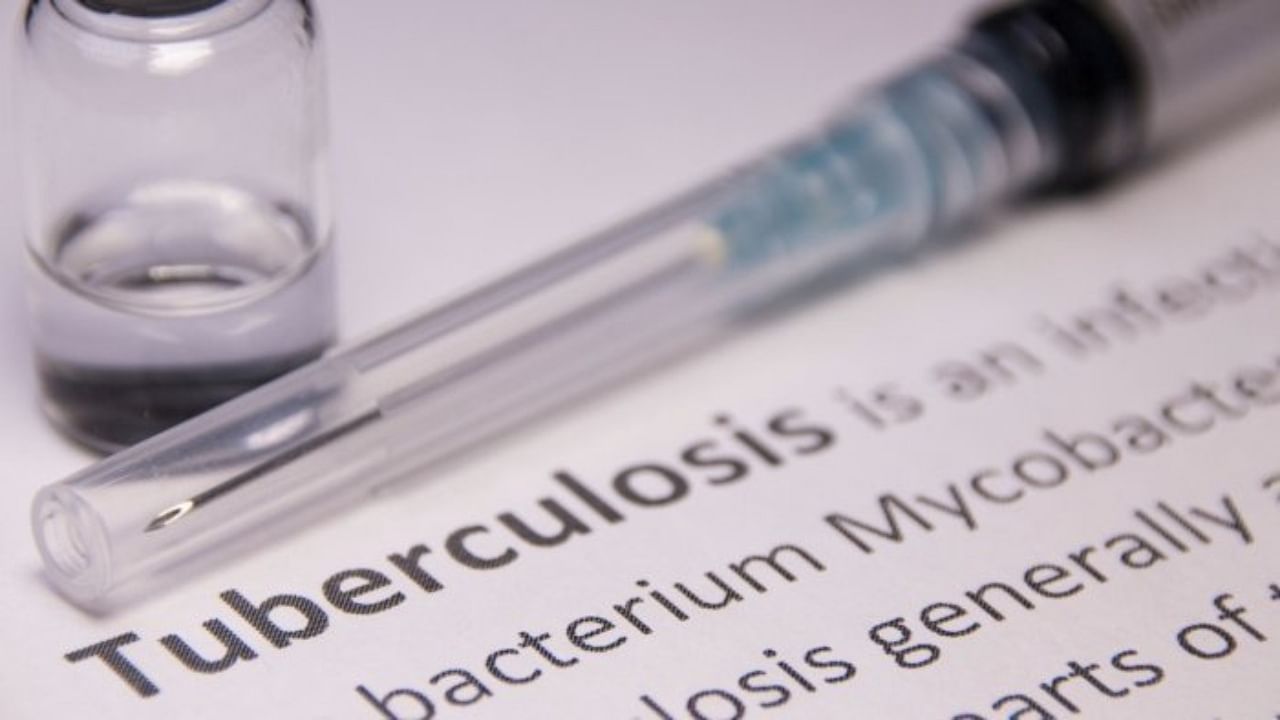
India’s plan of eliminating TB by 2025 is nowhere close to the target with a new health ministry report showing the country is far from achieving the tuberculosis reduction goals that were set five years ago.
While the plan was to bring down TB incidence – estimated count of new infections - to 142 per 100,000 population - the TB India 2023 report released by Prime Minister Narendra Modi at Varanasi on Friday notes that the incidence has dropped to 194 in 2020 as against 225 in 2015.
Similarly the target on TB mortality reduction is way behind the original milestone. The target as per the national strategic plan for tuberculosis elimination was 15 TB deaths per 100,000 in 2020, but the new report shows that the figure dropped only to 23.
The national plan, also unveiled by the Prime Minister in 2018, had fixed a target of 77 incidences and six deaths per 100,000 population due to TB by 2023. While it is early for 2023 numbers, the latest corresponding figures for 2022 in the new report are 196 and 23 respectively.
“It was a fairly ambitious call even in 2018 given the infrastructure and financing requirements because end-game strategies are different from scaling up intervention programmes. Then the Covid-19 pandemic hit the healthcare sector and the target to be achieved over the next 33 months looks extremely challenging,” a public health expert, who tracked India’s TB progrmmes for years told DH on the condition of anonymity.
Addressing the One World TB Summit, Modi said the government's bold commitment to eliminate TB by 2025 showed the world that India would not be daunted by the challenge and instead initiate a strong and resolute response.
He said despite the setback from the Covid-19 pandemic, the country bounced back strongly and even surpassed pre-pandemic levels in TB case notifications.
India reached its highest ever count of TB patients in 2022 as doctors across the country reported over 24.22 lakh TB cases to the government. This is higher than the situation ten years ago when 14 lakh cases were notified in 2013.
A doctor-cum-TB researcher also flagged how difficult it would be to meet the steep 2025 deadline.
“The reduction to 2025 targets would require a 15 per cent annual decline in incidence over 10 years. But the decline in TB incidence according to WHO data is 3 per cent per year. According to the Indian model, we have reduced TB incidence by 2.3 per cent per year,” he said. “In the case of TB deaths, neither the WHO estimates nor our own shows a decline. If anything, with the increase in population they might have increased.”
Union Health Minister Mansukh Mandaviya, however, stood by the 2025 deadline, highlighting successes like the Nikshay Mitra scheme to sponsor TB patients. “When all of us contribute in our own unique capacities for a larger cause, our efforts are bound to reach fruition. I am confident with such a spirit of enterprise; we will eliminate TB by 2025.”
The World Health Organisation on Thursday said that as a consequence of the Covid-19 crisis and its overall impact on the healthcare sector, there could be over seven million additional TB cases and 1.5 million additional TB deaths in the South East Asia region between 2022 and 2026. India is the largest country in the region and carries the world’s highest TB burden.
